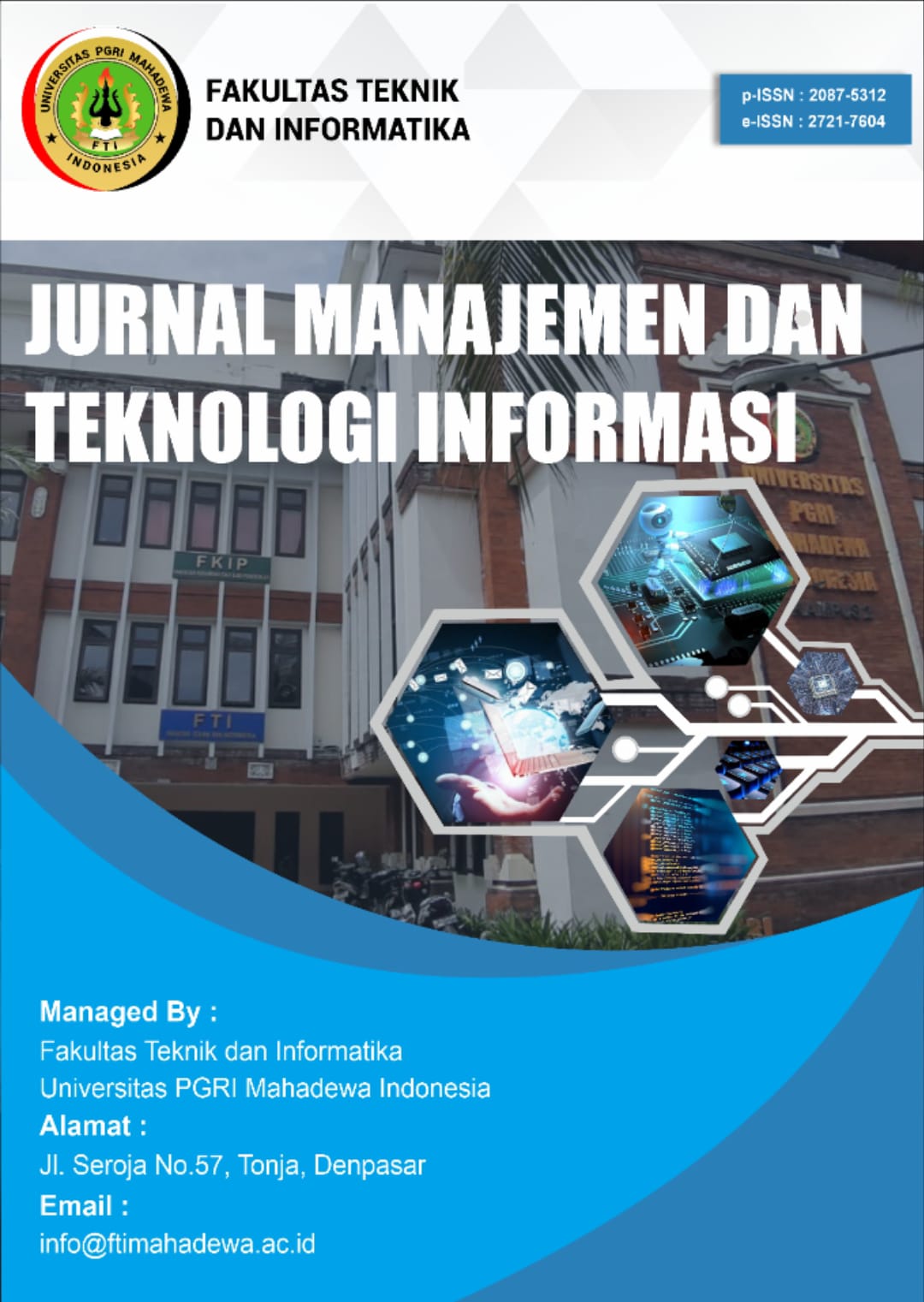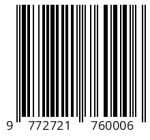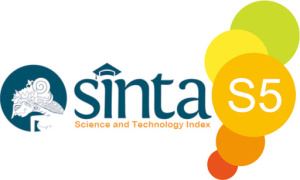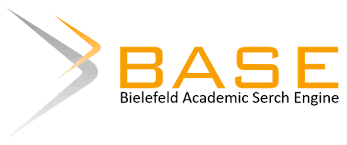ANALISIS PERBANDINGAN METODE DETEKSI TEPI ROBERT, PREWITT, DAN CANNY UNTUK PENDETEKSIAN TEPI TULISAN AKSARA BALI
DOI:
https://doi.org/10.59819/jmti.v15i1.4631Keywords:
Balinese script, digital image, edge detectionAbstract
Edge detection is an important analysis in digital image processing. An edge in an image is a border between two different objects or structures, and this edge information can provide important insight into the structure of objects in the image. The edge detection process aims to find the location of significant changes in intensity, which often reflect object boundaries or prominent features. Edge detection techniques have several methods such as Robert, Prewitt and Canny, where each method will produce a different processed image. In this paper, a comparison is made of the use of edge detection methods to process images of written Balinese script, which often have various different patterns in each writing, so that edge detection is expected to produce a clear image of written Balinese script using these three edge detection methods. as a comparison. It is hoped that the results of this research will provide valuable insight in selecting the optimal edge detection method for image processing of Balinese script.
Downloads
References
Gonzalez, R. C., & Woods, R. E. (2018). Digital image processing (4th ed.). Pearson.
Hidayattullah, M. F., Nishom, M., Wiyono, S., & Hapsari, Y. (2020). Feature extraction in batik image geometric motif using canny edge detection. Jurnal Informatika, 14(1), 1–8. https://doi.org/10.26555/jifo.v14i1.a15320
Kaloh, M. K., Poekoel, V. C., & Putro, M. D. (2018). Perbandingan algoritma background subtraction dan optical flow untuk deteksi manusia. Jurnal Teknik Informatika, 13(1), 1–7. https://ejournal.unsrat.ac.id/index.php/informatika/article/view/20186
Manuaba, P., & Indah, K. A. T. (2021). The object detection system of Balinese script on traditional Balinese manuscript with findcontours method. Matrix: Jurnal Manajemen Teknologi dan Informatika, 11(3), 177–184.
https://doi.org/10.31940/matrix.v11i3.177-184
Putra, P. T. K., & Wirdiani, N. K. A. (2014). Pengolahan citra digital deteksi tepi untuk membandingkan metode Sobel, Robert dan Canny. MERPATI, 2(2), 1–9. https://www.academia.edu/86230690/Pengolahan_Citra_Digital_Deteksi_Tepi_Untuk_Membandingkan_Metode_Sobel_Robert_dan_Canny
Pratt, W. K. (2013). Introduction to Digital Image Processing. CRC Press.
Romindo, & Khairina, N. (2017). Analisa perbandingan metode edge detection Roberts dan Prewitt. SEMANTIKA, 1(1), 1–6. https://semantika.polgan.ac.id/index.php/Semantika/article/view/37
Sukatmi. (2017). Perbandingan deteksi tepi citra digital dengan metode Prewitt, Sobel dan Canny. KOPERTIP, 1(1), 1–4. https://www.neliti.com/publications/227017/perbandingan-deteksi-tepi-citra-digital-dengan-menggunakan-metode-prewitt-sobel
Szeliski, R. (2010). Computer Vision: Algorithms and Applications. Springer Science & Business Media.
Windya, I. M. (2018). Dinamika pasang aksara Bali: Sebuah kajian historis sistem ejaan. Widyacarya: Jurnal Pendidikan, Agama dan Budaya, 2(1), 39–43. https://doi.org/10.55115/widyacarya.v2i1.343
Downloads
Published
Issue
Section
License
Copyright (c) 2025 Ida Bagus Adisimakrisna Peling, Made Pasek Agus Ariawan, Gde Brahupadhya Subiksa, I Gede Angga Saputra

This work is licensed under a Creative Commons Attribution-ShareAlike 4.0 International License.
Authors who publish with the Jurnal Manajemen dan Teknologi Informasi agree to the following terms:
1. Authors retain copyright and grant the journal the right of first publication with the work simultaneously licensed under a Creative Commons Attribution License (CC BY-SA 4.0) that allows others to share the work with an acknowledgment of the work's authorship and initial publication in this journal.
2. Authors are able to enter into separate, additional contractual arrangements for the non-exclusive distribution of the journal's published version of the work (e.g., post it to an institutional repository or publish it in a book), with an acknowledgment of its initial publication in this journal.
3. Authors are permitted and encouraged to post their work online (e.g., in institutional repositories or on their website) prior to and during the submission process, as it can lead to productive exchanges, as well as earlier and greater citation of published work. (See The Effect of Open Access) .





















